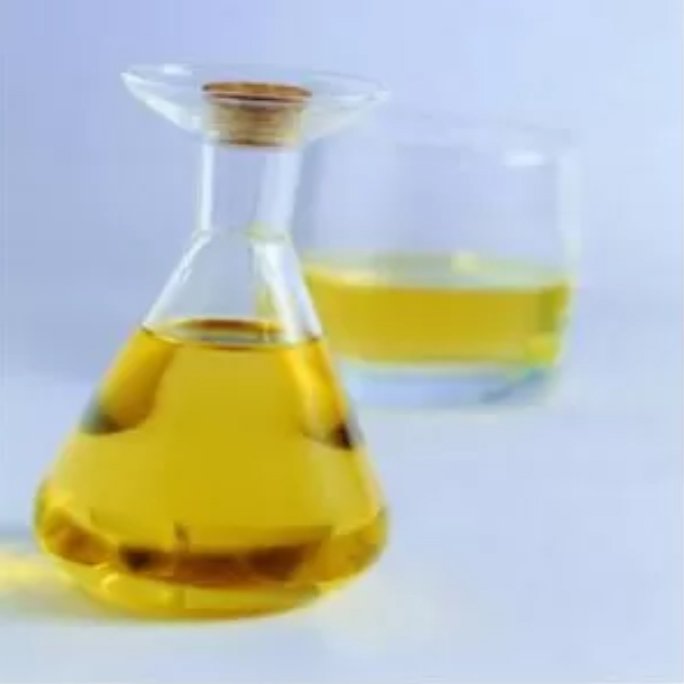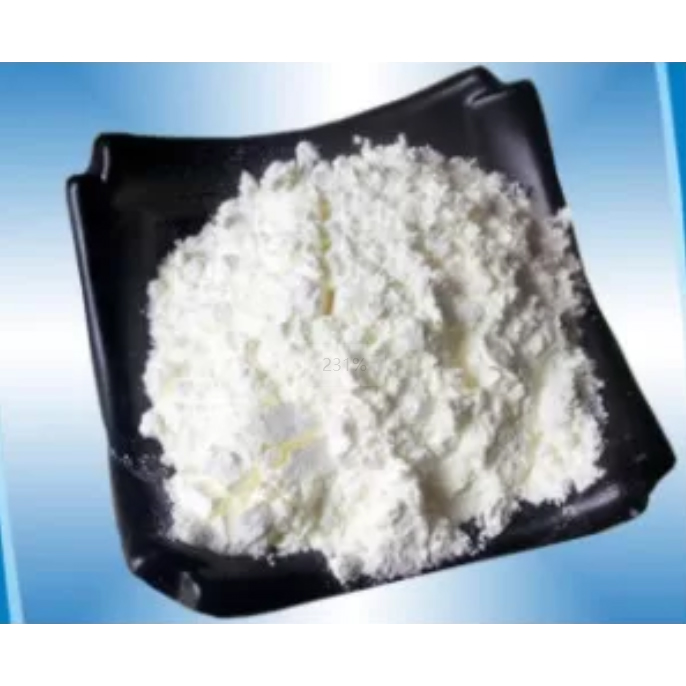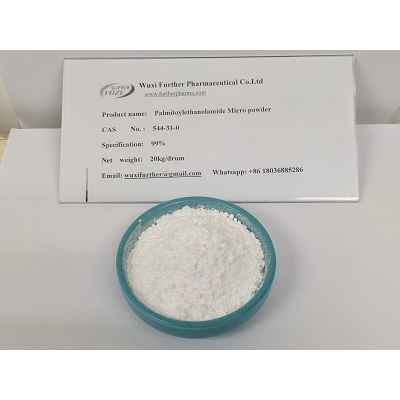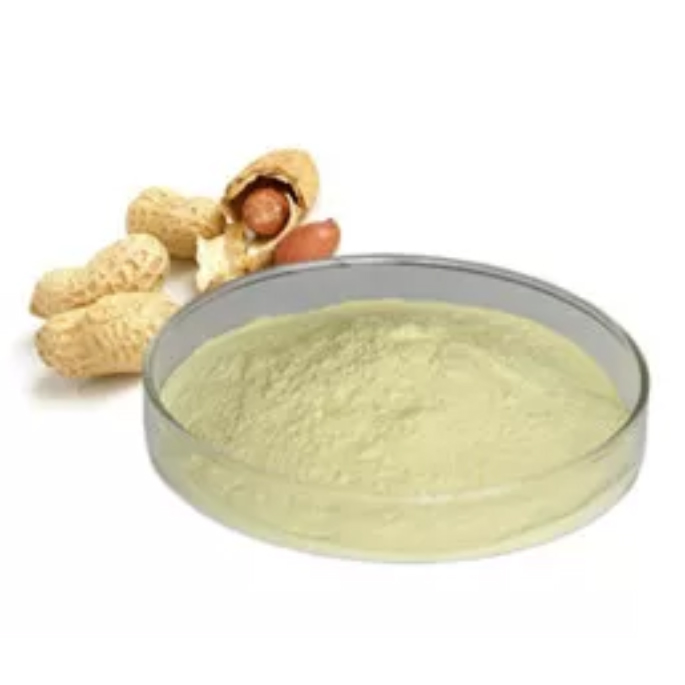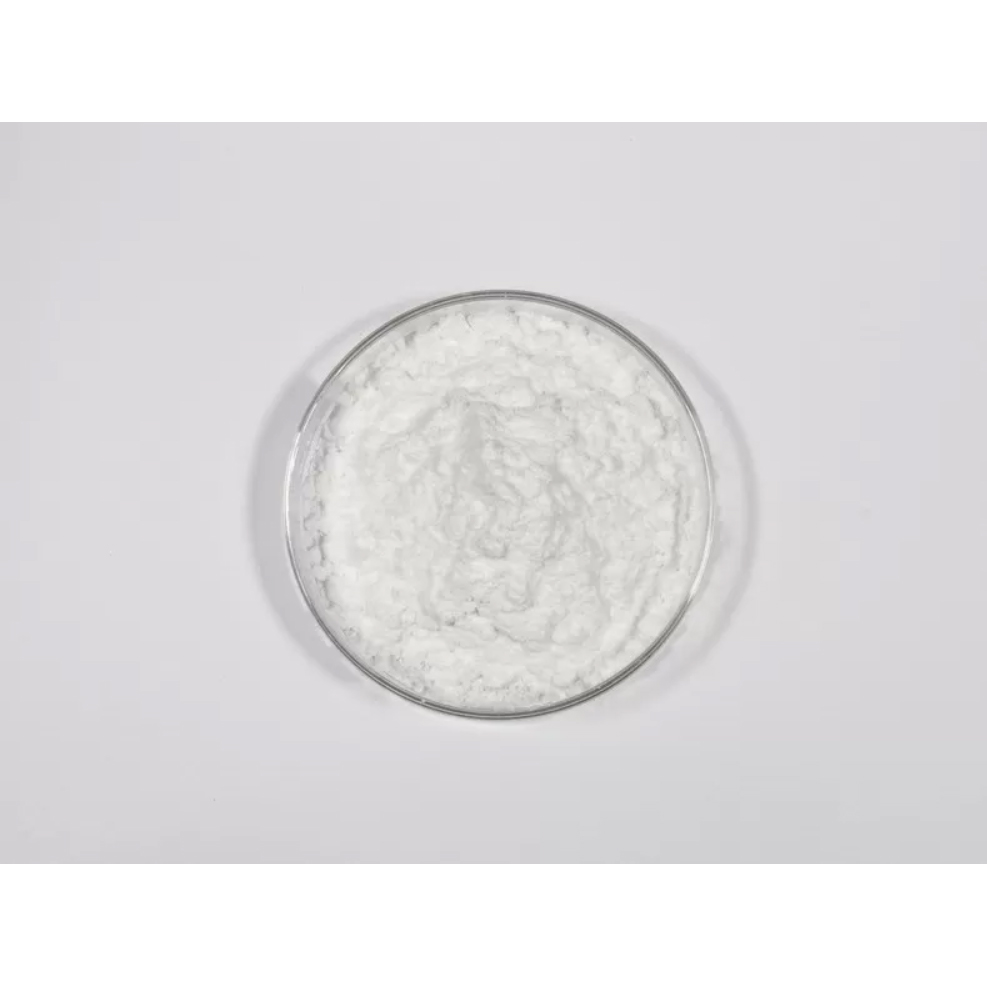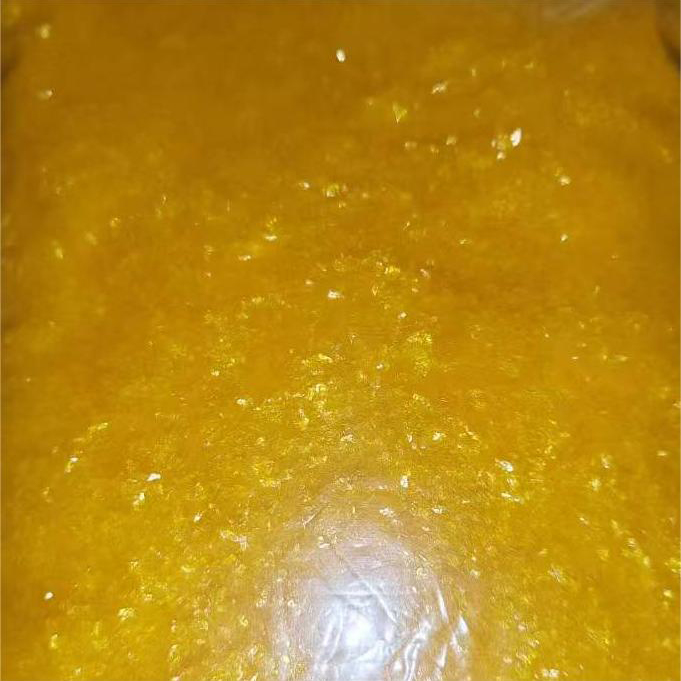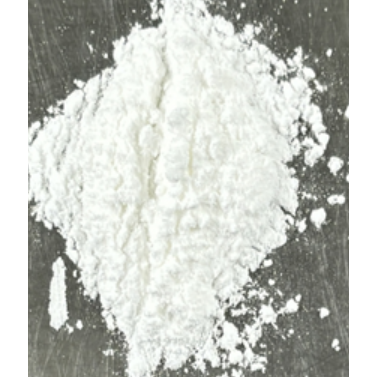Vitamin E CAS 59-02-9 2H-1-Benzopyran-6-Ol Vitamin Ingredient Food And Feed Additives Extract
Vitamin E |
CAS No.: 59-02-9 |
Purity: 99% |
Molecular weight: 430.71 g/mol |
Molecular formula: C29H50O2 |
Appearance:Light yellow to amber transparent oily liquid |
Package: 1g,10g,100g,1000g |
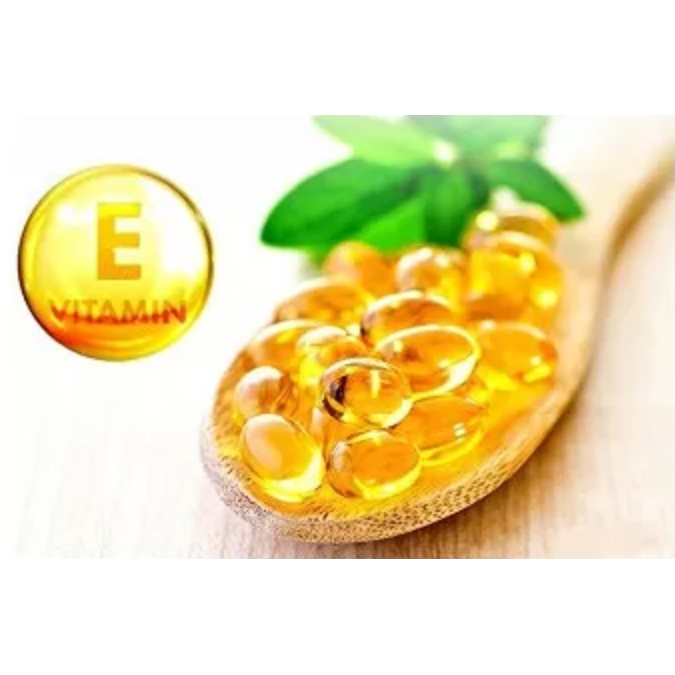
Vitamin E CAS 59-02-9 2H-1-Benzopyran-6-Ol Vitamin Ingredient Food And Feed Additives Extract
Purity:99%
Package:1kg 5kg 10kg
Form:powder or liquid
Color:white powder or yellow oily
Deja un mensaje
¡Te llamaremos pronto!
Querida,
Estoy interesado en Vitamin E CAS 59-02-9 2H-1-Benzopyran-6-Ol Vitamin Ingredient Food And Feed Additives Extract, podría enviarme más detalles como tipo, tamaño, MOQ, material, etc.
¡Gracias!
Esperando su respuesta.
59-02-9 Natural Products
,99% Natural Products
,2H-1-Benzopyran-6-Ol Vitamin E
VitaminE CAS 59-02-9 2H-1-Benzopyran-6-ol Vitamin Ingredient Food and feed additives Extract
Description:
Vitamin E has demonstrated some success in the treatment of yellow nail syndrome when taken orally (600 EU to 1200 EU daily) for several months. Topically-applied vitamin E has also shown significant improvement in symptoms of yellow nail syndrome, as well as increased nail growth rates after six months.
Chemical Formula:

Basic Parameters:
<table border="1" cellpadding="0" cellspacing="0">| MW | 430.71 |
| Storage condition | Store at -20°C,protect from light |
| Boiling point | 485.9±0.0 °C(Predicted) |
| Solubility | Ethanol: 50 mg/mL (116.09 mM); DMSO: 16.11 mg/mL (37.40 mM) |
| Synonym | RAC-ALPHA-TOCOPHEROL |
Uses:
Vitamin E (D-alpha-tocopherol; DL-alpha-tocopherol; tocopherol) is considered the most important oil-soluble anti-oxidant and freeradical scavenger. Studies indicate that vitamin e performs these functions when topically applied. It is also a photoprotectant, and it helps protect the cellular membrane from free-radical damage.
In addition, vitamin e serves a preservative function given its ability to protect against oxidation. This benefits not only the skin, but also the product in terms of longevity. As a moisturizer, vitamin e is well-absorbed through the skin, demonstrating a strong affinity with small blood vessels and an ability to enhance blood circulation in the skin. It is also thought to improve the skin’s water-binding ability. In addition, vitamin e emulsions have been found to reduce transepidermal water loss, thereby improving the appearance of rough, dry, and damaged skin.
This vitamin is also believed to help maintain the connective tissue. There is evidence that vitamin e is effective in preventing irritation owing to sun exposure: studies show that vitamin e topically applied prior to uV irradiation is protective against epidermal cell damage caused by inflammation. This indicates possible anti-inflammatory properties.
Lipid peroxidation in tissues may be one cause of skin aging. Vitamin e, however, appears to counteract decreased functioning of the sebaceous glands and to reduce excessive skin pigmentation, which is found to increase almost linearly with age. It is available also as a tocopherol-polypeptide complex that delivers the vitamin in a waterdispersable form.
In this way, when incorporated into cosmetic formulations, it does not need other compounds to assist in its solubilization. It is useful in anti-aging creams and lotions, and in uV protective products, tocopherol is a naturally occurring vitamin e found in a variety of cereal germ oils including wheat germ oil. It can also be produced synthetically.
Side effects:
Prolonged administration of large dosages of vitamin E may result in muscle weakness, fatigue, headache, and nausea.This toxicity can be reversed by discontinuing the large-dose supplementation.
What is the vitamin E good for?
Vitamin E helps maintain healthy skin and eyes, and strengthen the body's natural defence against illness and infection (the immune system).
What will happen if I take vitamin E everyday?
Use of vitamin E can interact with many conditions. For example, research suggests that oral use of vitamin E might increase the risk of prostate cancer. Other research suggests that vitamin E use might increase the risk of death in people with a severe history of heart disease, such as heart attack or stroke.
Is it safe to take vitamin E everyday?
Doses of up to 1,000 mg/day (1,500 IU/day of the natural form or 1,100 IU/day of the synthetic form) in adults appear to be safe, although the data are limited and based on small groups of people taking up to 3,200 mg/day of alpha-tocopherol for only a few weeks or months.
Who needs vitamin E the most?
Vitamin E deficiency
For example, people with medical conditions associated with fat malabsorption, including cystic fibrosis and Crohn's disease, are at an increased risk ( 1 ). Additionally, those with certain rare inherited diseases, such as abetalipoproteinemia, are more likely to have a deficiency ( 1 ).
References:
www.chemicalbook.com
https://www.nhs.uk
https://www.mayoclinic.org
https://ods.od.nih.gov
https://www.healthline.com
Recommended Products


